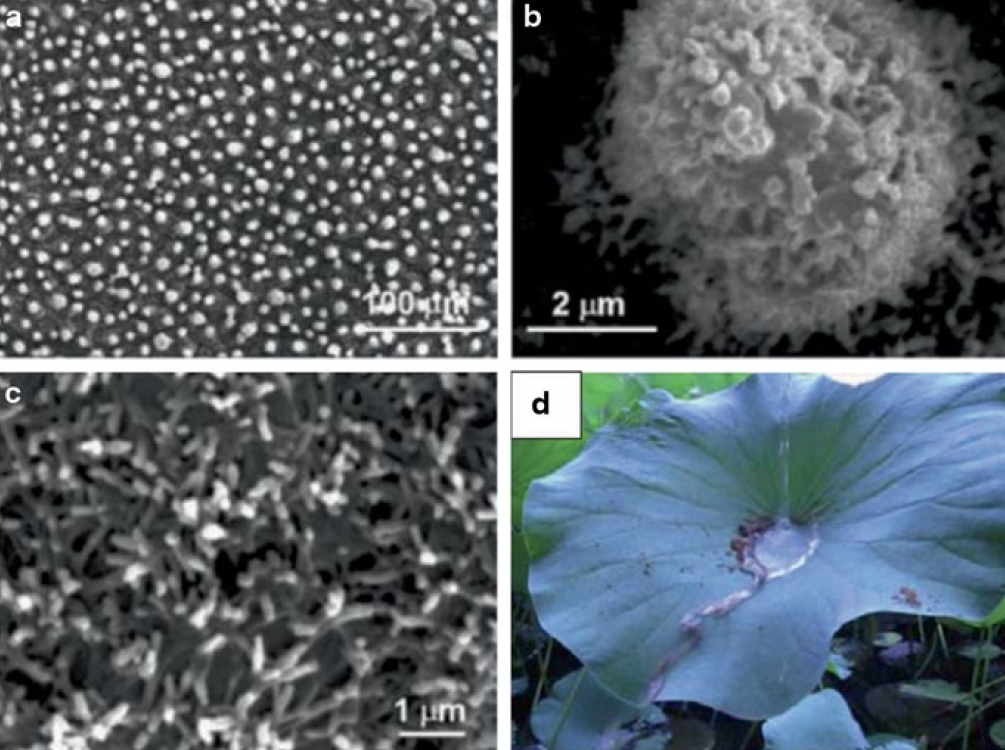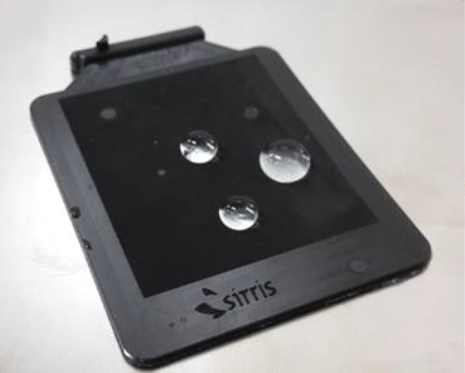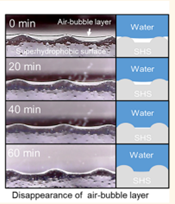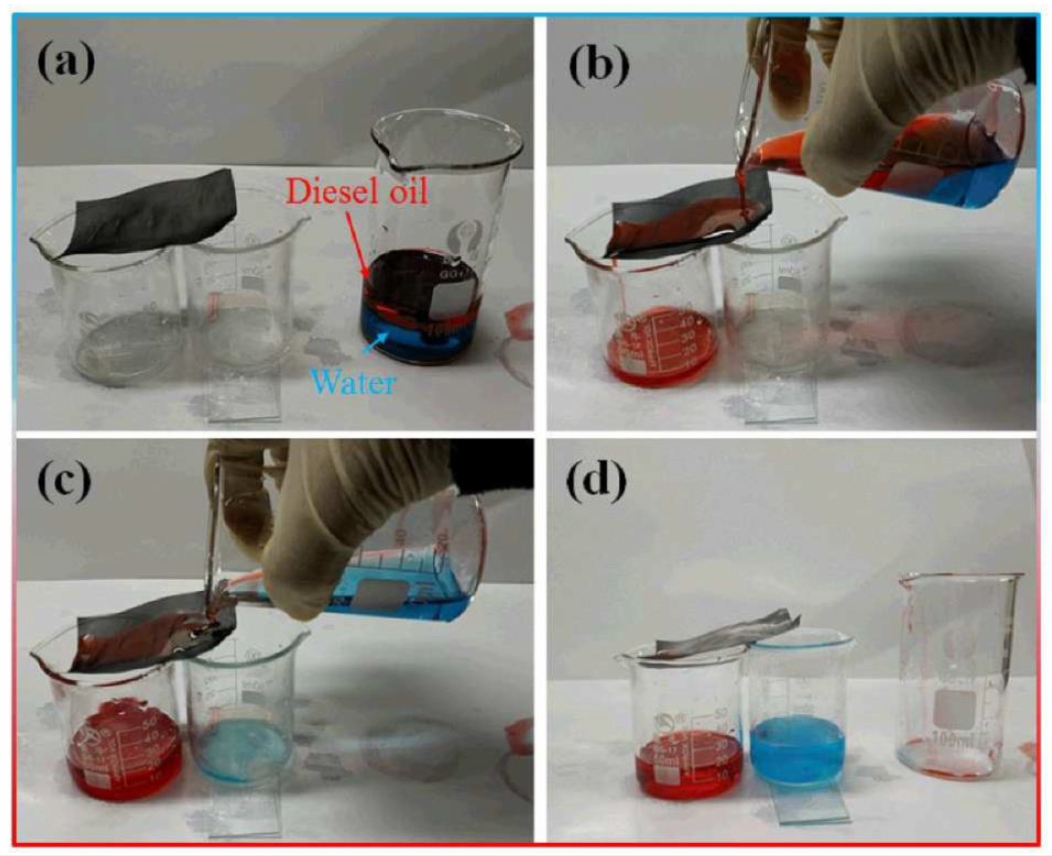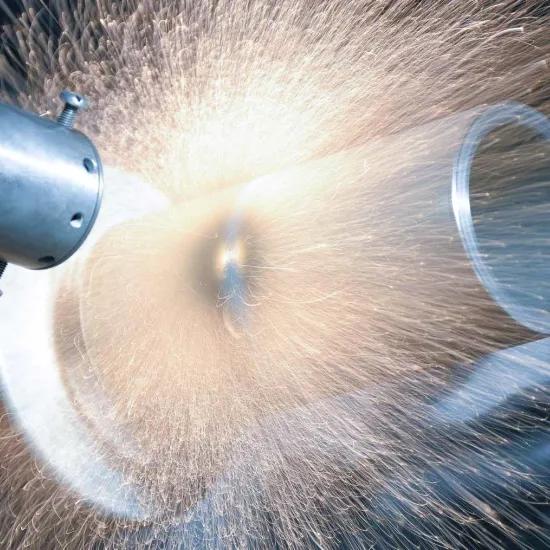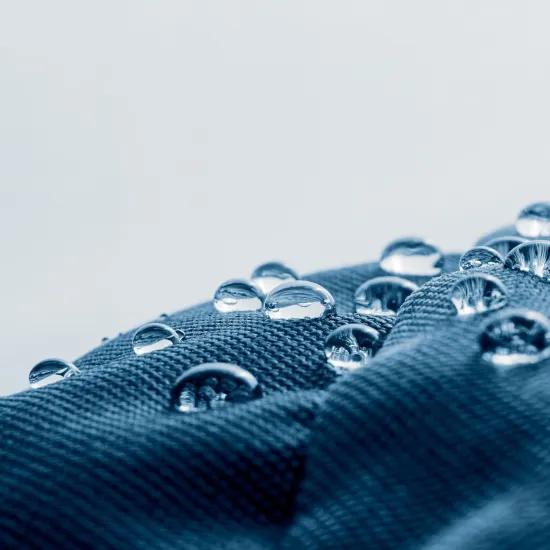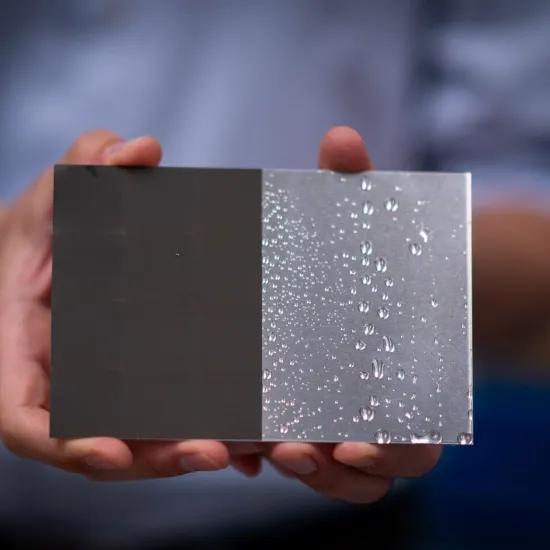Biomimetics or 'biomimicry' imitates principles found in nature to solve practical problems, such as modifying a surface to add certain properties to it. Thus, surfaces can be made water-repellent, dirt-resistant, self-cleaning, ... by giving them a microstructure. This is possible today with various precision techniques, including microtexturing with ultra-short pulsed lasers.
Dirt repellent surfaces can already be found in various applications today. Consider, for example, the water repellency of clothing, self-cleaning greenhouse glass or filters that separate oil and water. A further example are coatings on a ship's hull against algae and barnacle fouling that increase water resistance and fuel consumption. Often, such an anti-fouling property can be obtained by applying a coating, but structured surfaces also have potential. What structures should look like to prevent pollution can be learned from nature. New technologies including ultra-short pulsed lasers (abbreviated to 'USL', also known as femtolasers) allow mimicking these natural structures.
Anti-dust
The archetype example is the surface of a lotus leaf, from which water beads off. Small structures on the leaf limit interaction with the water. Surface tension then causes the water to settle into its natural droplet shape. These roll off over the surface of the leaf, taking any dust with them. At Sirris, we recreate these structures using ultra-short pulsed lasers. The structure can be applied directly to metal, or indirectly, for example via injection moulding in a mould treated via USL.
|
|
|
Anti-algae growth
These properties should always be seen specifically and in the right circumstances. Among other things, recent research has shown that the dirt-resistant properties of a lotus-type surface do not help against algae growth (see figure below). The superhydrophobic effect disappears after an hour of underwater exposure, so algae growth eventually occurs anyway.
A better source of inspiration to combat this fouling is found in hair: after all, you don't see barnacles growing on the skin of a shark, but you do on that of a humpback whale, for example. This is because microscopic structures such as hairs or sharp edges prevent this attachment process. A structure based on sharkskin such as Sharklet, does work here.
|
|
|
Anti-oil contamination
Oil contamination on water is a well-known phenomenon, but how do you solve it? How do you separate oil back from water? Filters, augmented with USL, may offer a solution. The figure below shows what happens when a water-diesel mixture is poured over a filter treated with USL. The diesel cannot pass through the membrane, while the water does. In this way, water and diesel are separated into the left and right cups, respectively.
At Sirris in Diepenbeek, research is being done on functionalising surfaces. Using our ultra-short pulsed laser setup, surfaces are made superhydrophobic, friction-reducing or light-absorbing, among others. Do you have any questions about improving one of your surfaces, about dirt repellency or adding another a functionality? Then please contact us!
This blog post was published as part of the SURFACESCRIPT COOCK project

